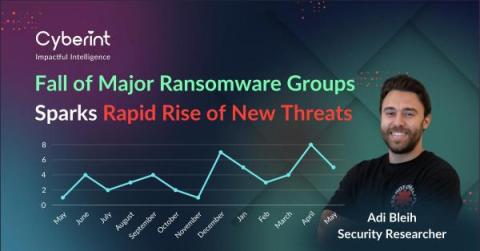Hacktivism Roundup Q1 2024: Warfare in the Digital World
The realm of hacktivism is rapidly expanding, its contours continually shifting and adapting to the geopolitical climate. Within this dynamic landscape, specific regions and industry sectors face heightened risks. Hacktivism, by its very essence, thrives in the public eye, as its actors strive to effect political or social change.











